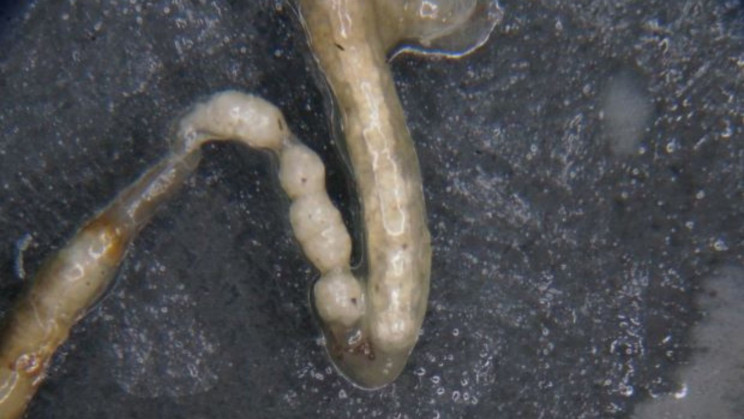Lund University has made a significant advance in medical technology with the development of a groundbreaking injectable pacemaker. This innovative device provides a temporary solution for heart arrhythmias, a condition characterized by irregular heart rhythms. Unlike traditional pacemakers that require surgical implantation, this new technology is administered via a simple injection.
Researchers at Lund University have created a highly portable alternative that could soon become a staple in first aid kits. The device is essentially a syringe with an ultrathin needle—thinner than a human hair—that delivers a solution containing nanoparticles.
How Does It Work?
When injected into the chest, the injectable pacemaker forms an electrically conductive hydrogel around the heart. This hydrogel acts as a temporary electrode, capable of regulating the heart’s electrical signals and maintaining a steady rhythm. The advantage of this technology is its temporary nature: after approximately five days, the hydrogel dissolves harmlessly within the body, eliminating the need for a follow-up procedure to remove it.
The tiny injection site also serves as a contact point for external devices, such as a mobile phone. This setup allows for ECG measurements and enables the application of low-power electrical stimulation to regulate the heartbeat.
The nanoparticle gel can correct arrhythmia for up to five days, providing sufficient time for hospital treatment. It is naturally excreted by the body after use, avoiding the need for surgical removal. Tests in zebrafish and chicken embryos demonstrated that the gel functions as intended without causing toxicity or altering behavior.







